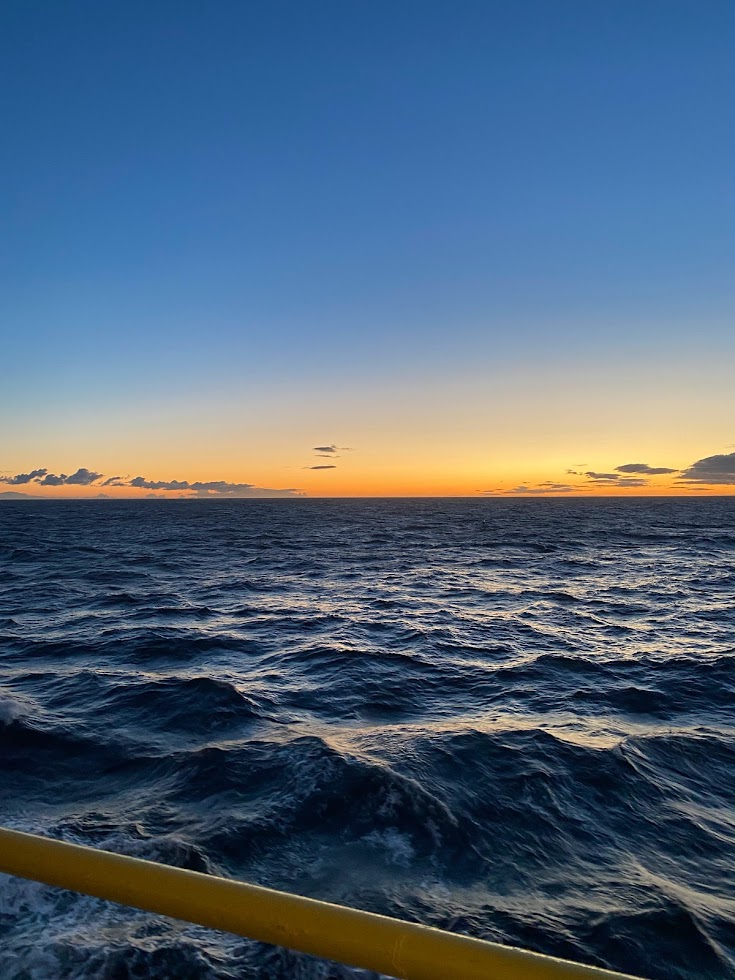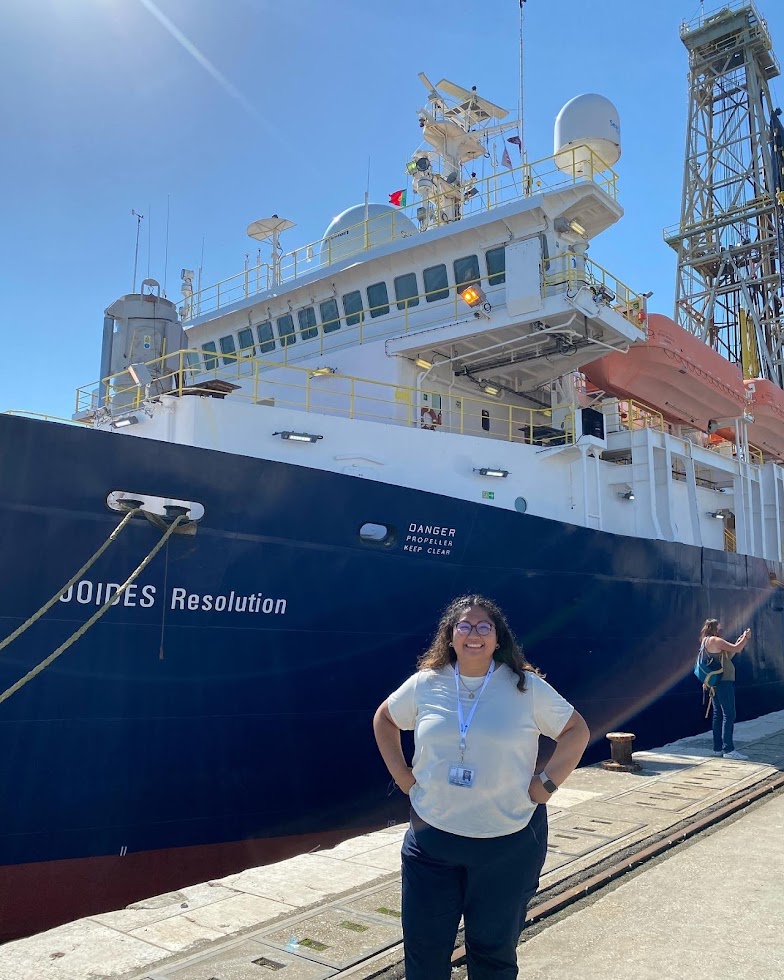Ben Riddell-Young, 5th Year OEAS PhD (OEB)

With the light at the end of the long PhD tunnel beginning to show itself, the uncertainty and anticipation of my next steps are also coming into view. Much of my apprehension stems from worries that I’m not prepared for the unknown, that I’ve grown too comfortable and dependent on my OSU network, that I’ll be overwhelmed by the independence of what lies beyond. Recently, I got a taste of what life might be like “on the other side.”
It began with a long and uncomfortably snowy drive down to the Desert Research Institute (DRI) in Reno, NV. Here, I tested a new analytical system with the ice core team at the DRI. This spring, we’re planning to take this system and a similar one operated by the DRI folks to Summit Station, Greenland to analyze ice cores as soon as they are drilled. This will test if the way that cores are handled on their way back to the US might impact analyses–specifically the analysis of methane and carbon monoxide, which is what my system measures.


In addition to being an important test drive for my analytical system, the trip also began to feel like a test drive for my career as a truly independent scientist. The solitary drive down to Reno gave me plenty of unsolicited thinking time to let the responsibility I was about to take on set in. I was to be the only expert in ice core trace gas analysis in Reno, and the only one for thousands of miles when deployed on the Greenland ice sheet. A lot was riding on my back, and for the first time, I didn’t have my advisor just a couple of doors down. The fact that I was alone and had all my hard work in the trunk of my own car added to the symbolism of it all. For me, the new responsibilities and independence associated with this trip represented the start of the next, more independent step in my life and career.

Symbolism aside, with the exception of a couple of hiccups, the testing went really well. It was great to see all of my hard work come to fruition and eased some of my worries about using the system in the field when the stakes will be much higher. The system we were working with enables what is called Continuous Flow Analysis (CFA), where we melt sticks of ice cores at a continuous rate, and the meltwater and gas is routed to various instruments that measure chemical and physical properties in real time. Given that I’m used to measuring samples where you don’t get to see the data until it is retroactively processed, it was very exciting to see the data in real time. Further, my lab work back at OSU is typically very solitary, whereas sample measurement for CFA often involves several scientists working together. Excited preliminary interpretations and chatter were common as the data were quite literally “flowing” in. Knowing that the system works outside the comfort of OSU, my nerves began to turn into excitement for the upcoming Greenland field season.
The drive back, which was also uncomfortably snowy (La Niña, amirite?), this time provided welcome time to reflect–and to get symbolic again. This trip allowed me to peer into the murky abyss of post-graduate life. This glimpse gave me a taste of what might be to come and taught me some valuable lessons. It taught me that there will always be new relationships and communities to be build and new and old faces to support me along the way. Perhaps more importantly, it taught me that I’m ready for the next steps and that I really do have the capability to function as an independent scientist. The whole experience was very empowering. As the departure date for field deployment steadily approaches, I’m feeling more ready than ever for the unknowns, challenges, and adventures to come.














